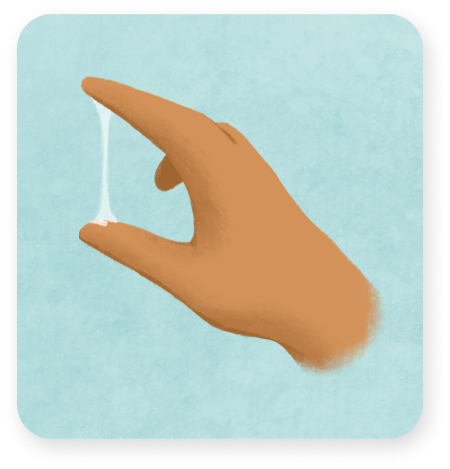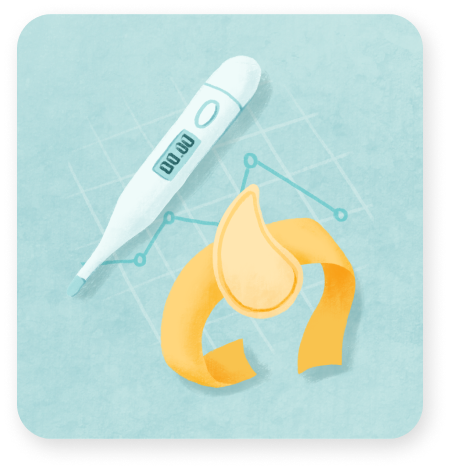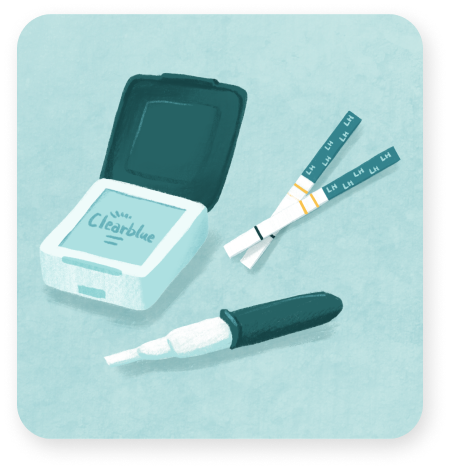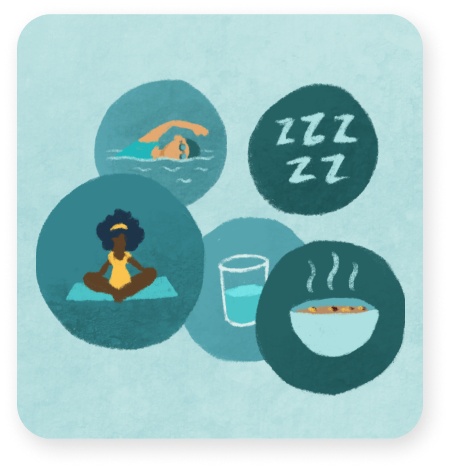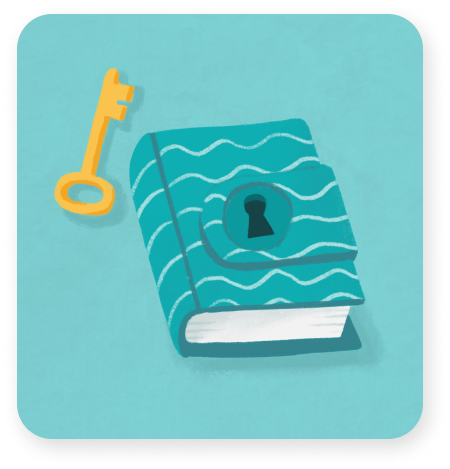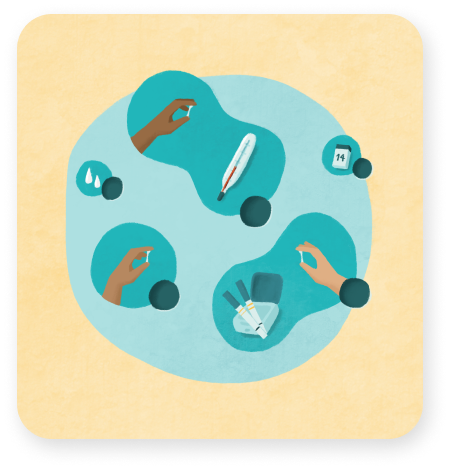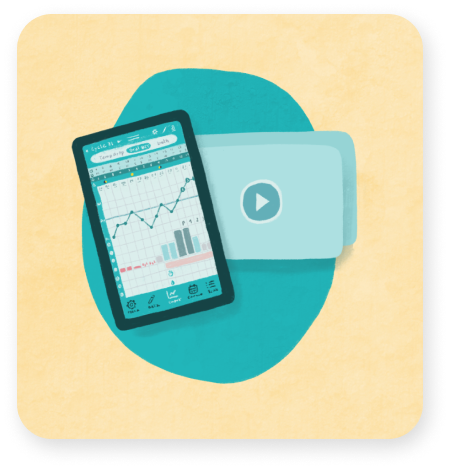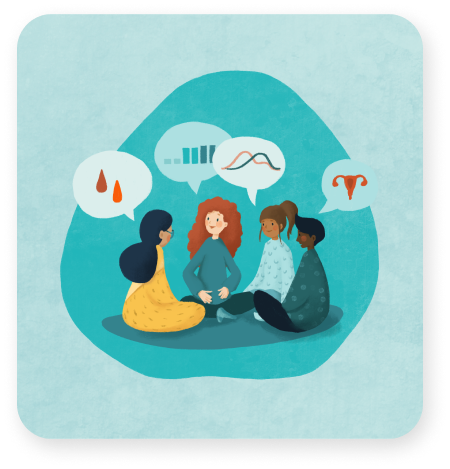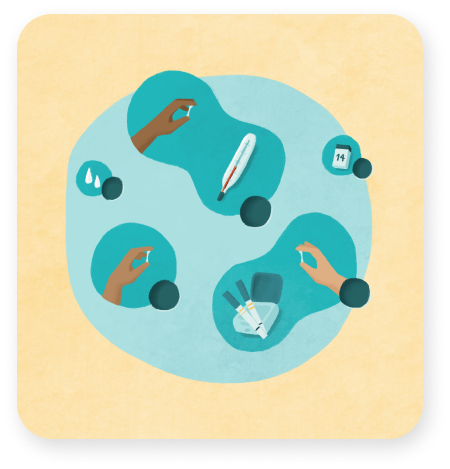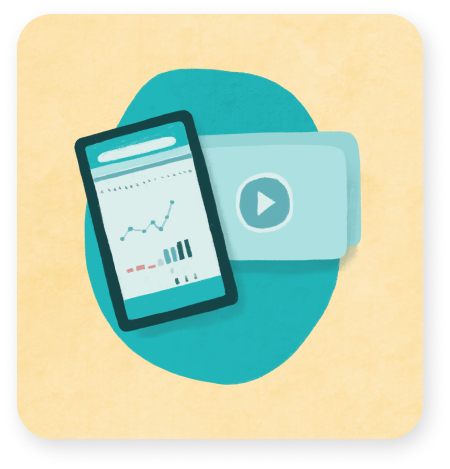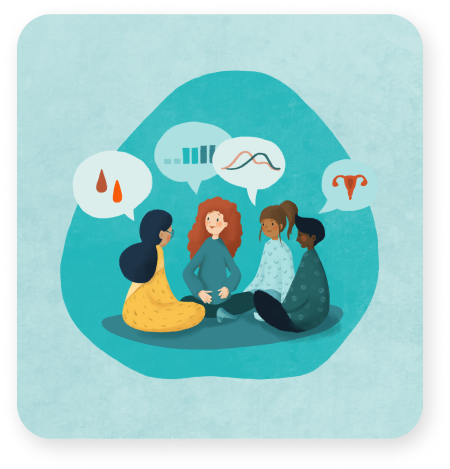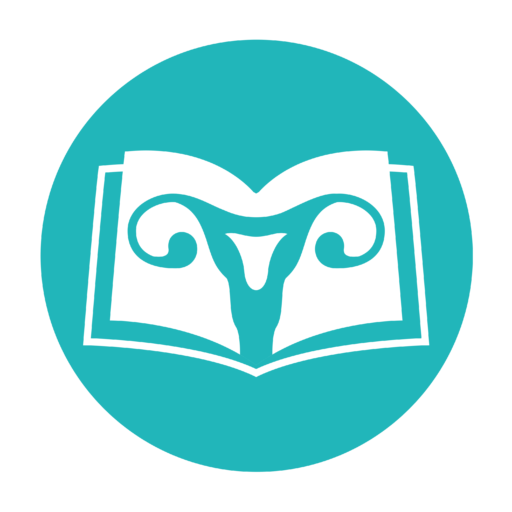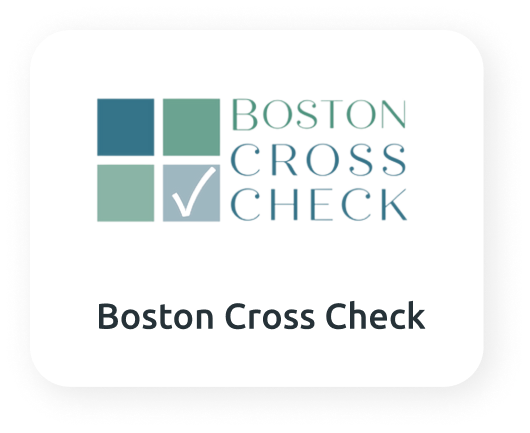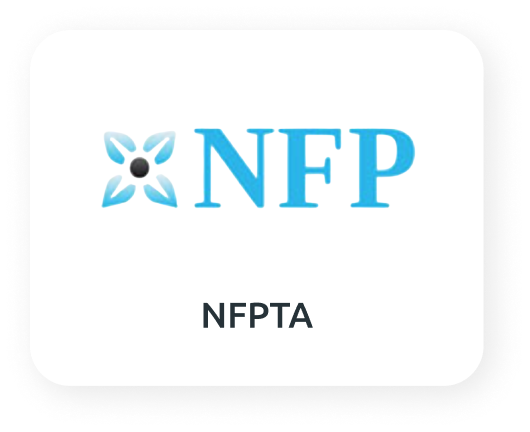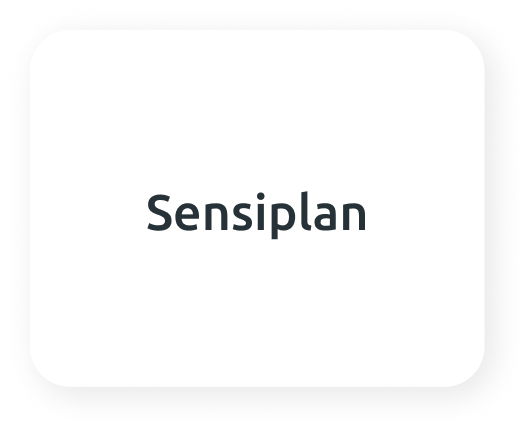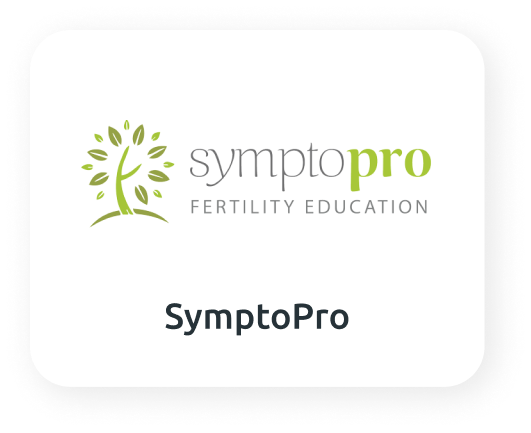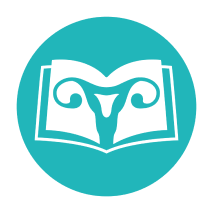Choose a method
Chart your menstrual cycles to support your wellbeing and family planning goals

Choose a method
Chart your menstrual cycles to support your wellbeing and family planning goals


These are simple and scientifically validated ways of reading your body to support your wellbeing and family planning goals without hormonal contraception.
These are simple and scientifically validated ways of reading your body to support your wellbeing and family planning goals without hormonal contraception.
Read Your Body is the most versatile digital charting solution for FABMs
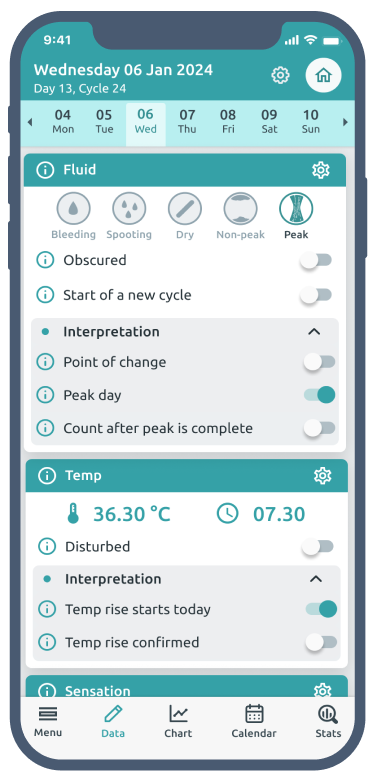
Track the biomarkers that best suit your lifestyle, understand yourself and your menstrual cycles better, reach your goals with ease.
Read Your Body is the most versatile digital charting solution for FABMs
Track the biomarkers that best suit your lifestyle, understand yourself and your menstrual cycles better, reach your goals with ease.





Choose
Choose a fertility awareness-based method (FABM) that matches your lifestyle, values & goals.

Set up
Set up the Read Your Body app with an appropriate settings template.

Connect
Connect with a certified educator or appropriate learning resource.

Chart
Chart your bodily signs to support your wellbeing and family planning goals.
Gain real-time awareness of your menstrual cycles, hormones, fertility and wellbeing



Gain real-time awareness of your menstrual cycles, hormones, fertility and wellbeing

Track biomarkers including cervical fluid and temperature

Build confidence with learning support from an educator

Understand your unique patterns and take action to reach your goals
Modern fertility awareness-based methods (FABMs) are backed by decades of peer-reviewed scientific research and effectiveness studies, as well as centuries of indigenous embodied knowledge and tracking practices.

FABMs involve real-time tracking of simple bodily signs including cervical fluid, temperature and urinary hormone tests. This means that they can be effective even for those with irregular menstrual cycles. They are not the same as the calendar-based rhythm method or algorithm-based period tracking apps!

Modern fertility awareness-based methods (FABMs) are backed by decades of peer-reviewed scientific research and effectiveness studies, as well as centuries of indigenous embodied knowledge and tracking practices.
FABMs involve real-time tracking of simple bodily signs including cervical fluid, temperature and urinary hormone tests. This means that they can be effective even for those with irregular menstrual cycles. They are not the same as the calendar-based rhythm method or algorithm-based period tracking apps!
Different fertility awareness-based methods (FABMs) use different biomarkers and different biomarkers suit different personalities / lifestyles!
Cervical fluid tracking is great if you’d like a bodily sign that you can check regularly as part of your everyday life with no special equipment and while on-the-go. It enable free real-time awareness of your fertility and hormones. Cervical fluid / mucus observations may occasionally be obscured by a vaginal imbalance or semen after sex but charting protocols account for this.
Methods: Mucus-only, Sympto-thermal, Sympto-hormonal
Temperature tracking is great if you’d like a cross-check with cervical fluid or hormone tests to confirm ovulation. You’ll need to take your temperature with a basal body thermometer immediately upon waking each day (ideally with a fairly regular sleep schedule) or consider investing in the Tempdrop armband that you can wear while you sleep no matter your routine. Temperature readings may occasionally be disturbed by illness or drinking alcohol the night before but charting protocols account for this.
Methods: Sympto-thermal
Hormone tests are great if you’d like an objective measure of your hormone levels to support your family planning and wellbeing goals. At-home urinary hormone tests are not subject to being obscured or disturbed as cervical fluid and temperature may occasionally be. You’ll need to be comfortable with the ongoing cost and waste associated with hormone test strips.
Methods: Sympto-hormonal
Different fertility awareness-based methods (FABMs) suit different menstrual cycle characteristics due to their different guidelines around identifying fertile days.
If you currently have regular cycles (length: 24-38 days) then any method may be suitable for you. If you’re considering a sympto-thermal method then these are well suited for those with regular cycles.
If you currently have irregular cycles (length: >38 days) then a mucus-only method like Billings may be suitable for you. This is because it focuses on identifying patterns of fertility rather than a single fertile window each cycle.
If you’re currently postpartum then a sympto-hormonal method like Marquette or a mucus-only method like Billings may be suitable for you.
All fertility awareness-based methods (FABMs) listed below have been developed based on a scientific understanding of hormones, biomarkers, ovulation and the menstrual cycle. However not all have been subject to effectiveness studies using their specific charting protocols.
Peer-reviewed studies are available for methods including Sensiplan (sympto-thermal), Marquette (sympto-hormonal) and Billings (mucus-only). Read this review to learn more about the evidence base for these and other FABMs.
Most FABMs recommend abstinence on potentially fertile days if trying to avoid pregnancy. Some FABMs (particularly sympto-thermal methods) may be accepting of barriers, withdrawal and alternative sex if these align with your values.
The number of potentially fertile days identified each cycle – when you need to modify your sexual practices if charting to avoid pregnancy – will vary depending on your chosen FABM and personal menstrual cycle characteristics.
Double-check sympto-thermal methods such as Sensiplan tend to identify more potentially fertile days while allowing unprotected sex at any time before the fertile window opens if charting to avoid pregnancy.
Mucus-only methods such as Billings tend to identify fewer potentially fertile days but sex is only possible on non-consecutive evenings of infertile days before peak day is confirmed if charting to avoid pregnancy.
All FABMs allow sex at any time after ovulation is confirmed if charting to avoid pregnancy.
Different fertility awareness-based methods (FABMs) have different ways of identifying potentially fertile days using scientifically validated biomarkers.
Many methods require you to cross-check at least two biomarkers. For example sympto-thermal methods cross-check cervical fluid with temperature while sympto-hormonal methods cross-check cervical fluid with hormone tests.
Methods with a cross-check may identify more potentially fertile days than those without. Some people see this as an advantage in terms of being more cautious and potentially enabling higher effectiveness for avoiding pregnancy. Other people see this as a disadvantage in terms of requiring more days with abstinence, barriers, withdrawal or alternative sex.
Learning with an educator is recommended if you’d like to achieve maximum effectiveness for avoiding pregnancy. Educators can help to fast-track the learning process and build your confidence by confirming your chart interpretations and answering any questions you may have along the way!
Some methods including Billings and Marquette can only be learned from educators. These two methods tend to be quite affordable to learn with payment plans and scholarships often also available if needed.
Other methods can be learned from educators or self-taught using a handbook. For example Sensiplan offers a concise handbook for its double-check sympto-thermal method. Chart reviews with educators are still recommended for maximum confidence and effectiveness if you choose to self-teach in this way.

